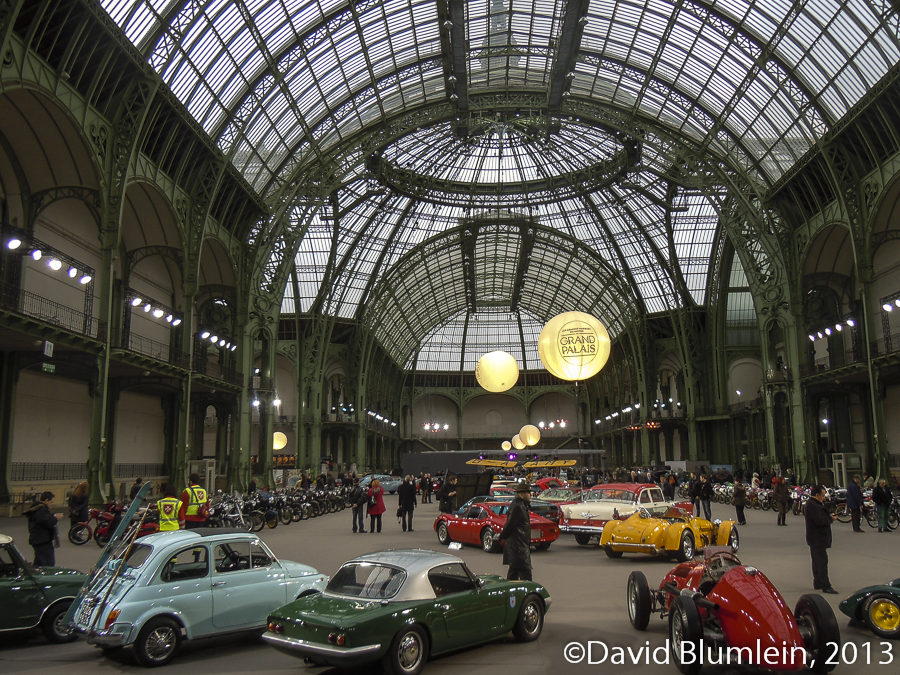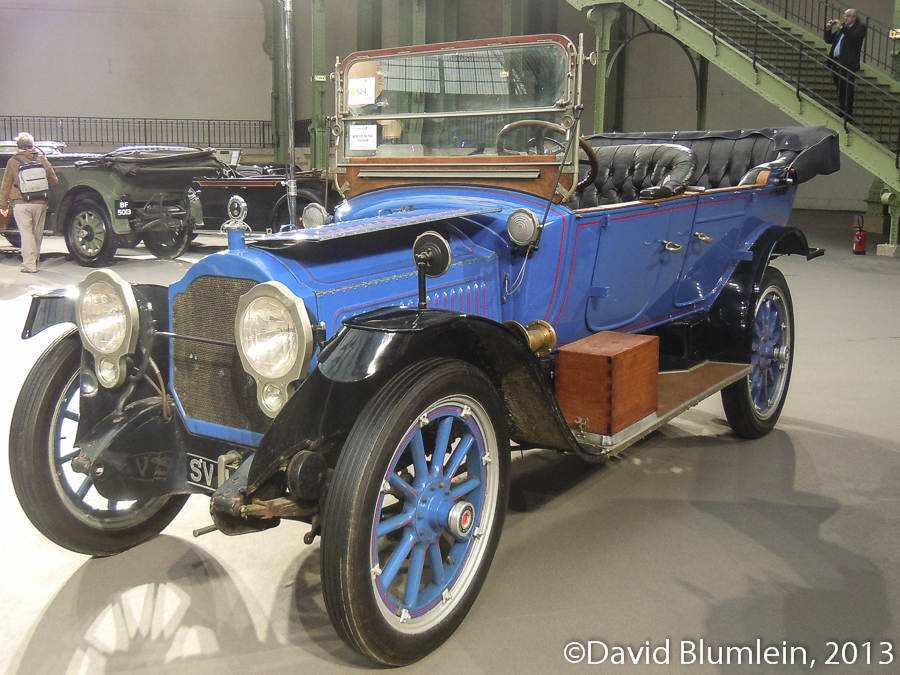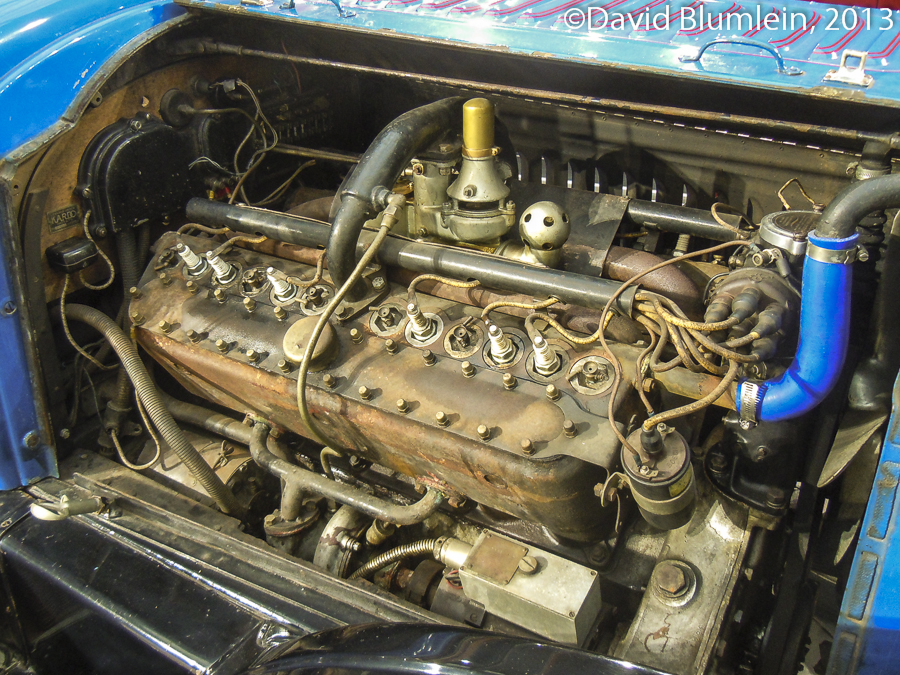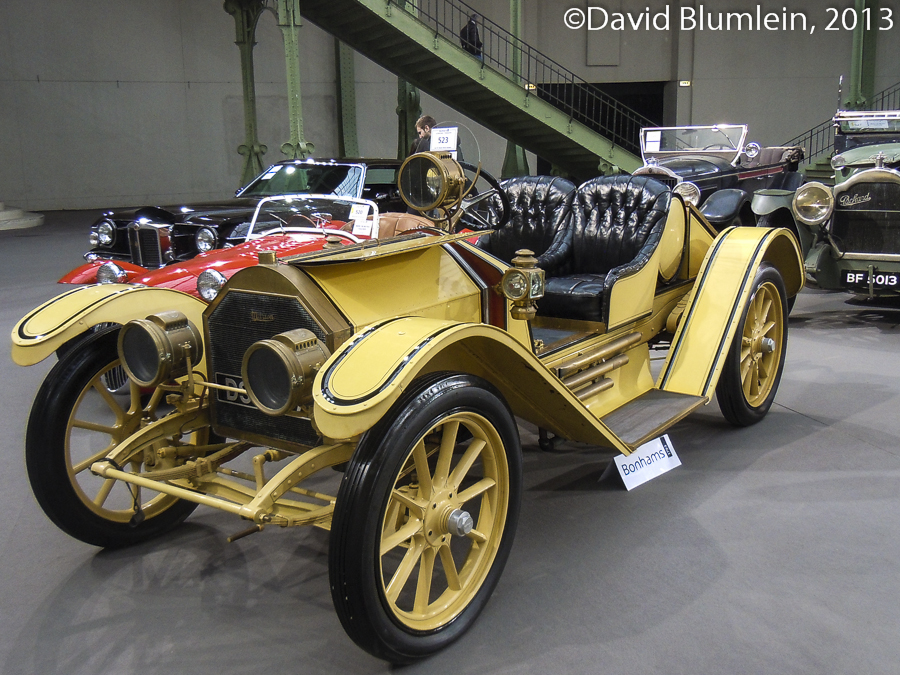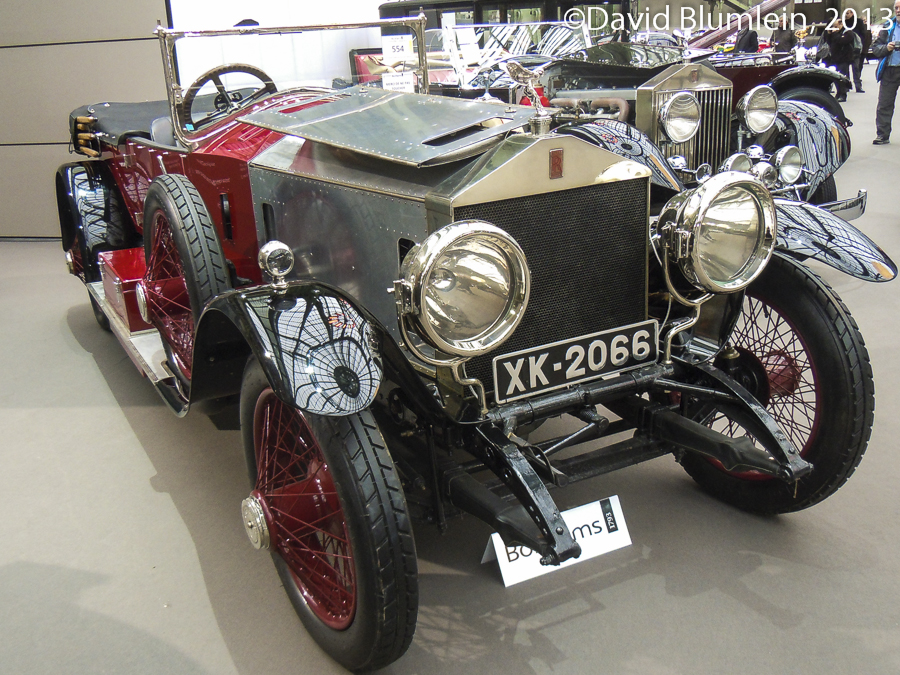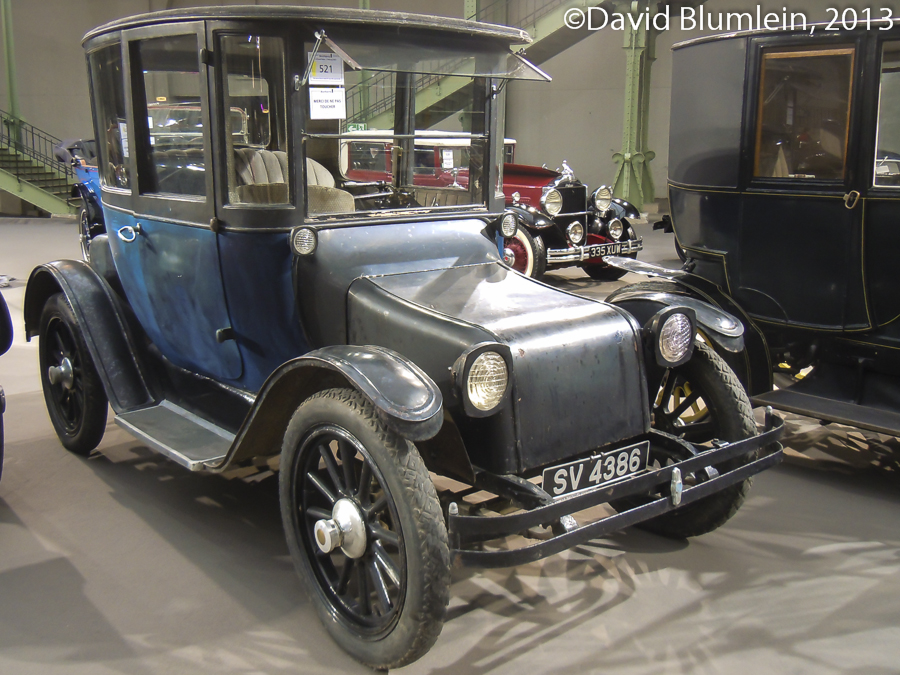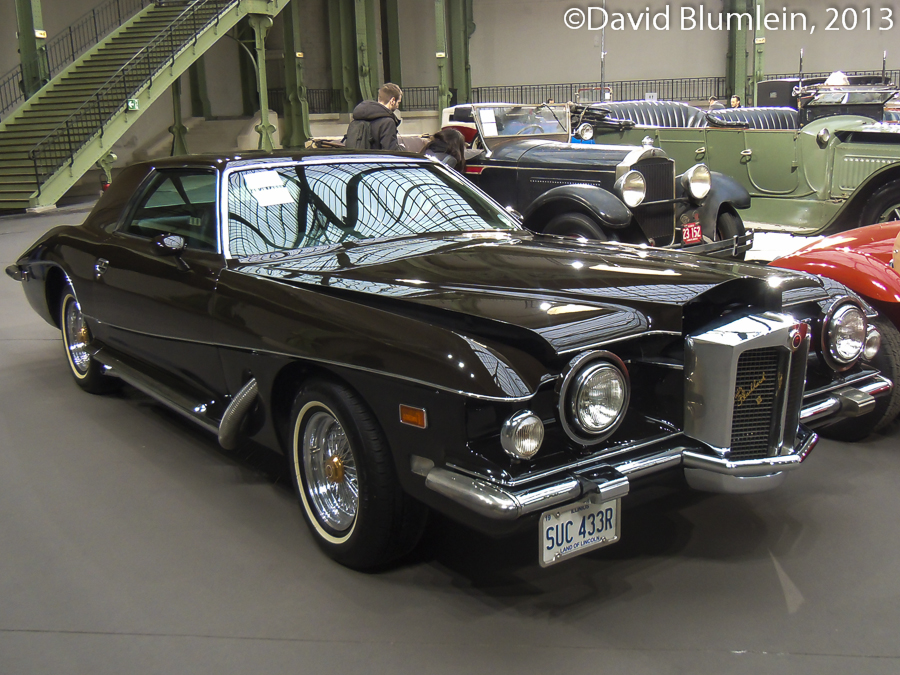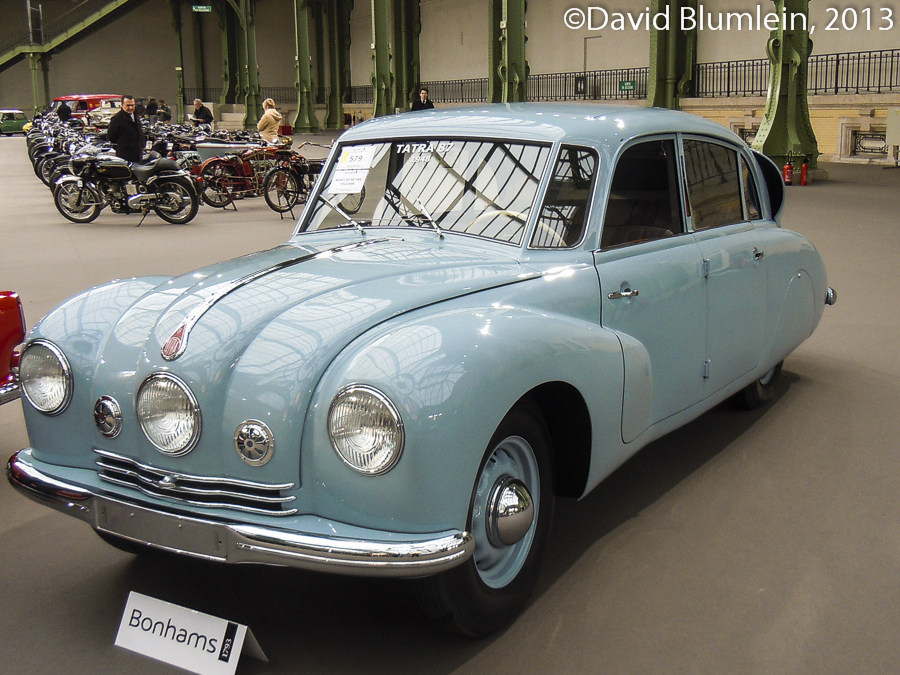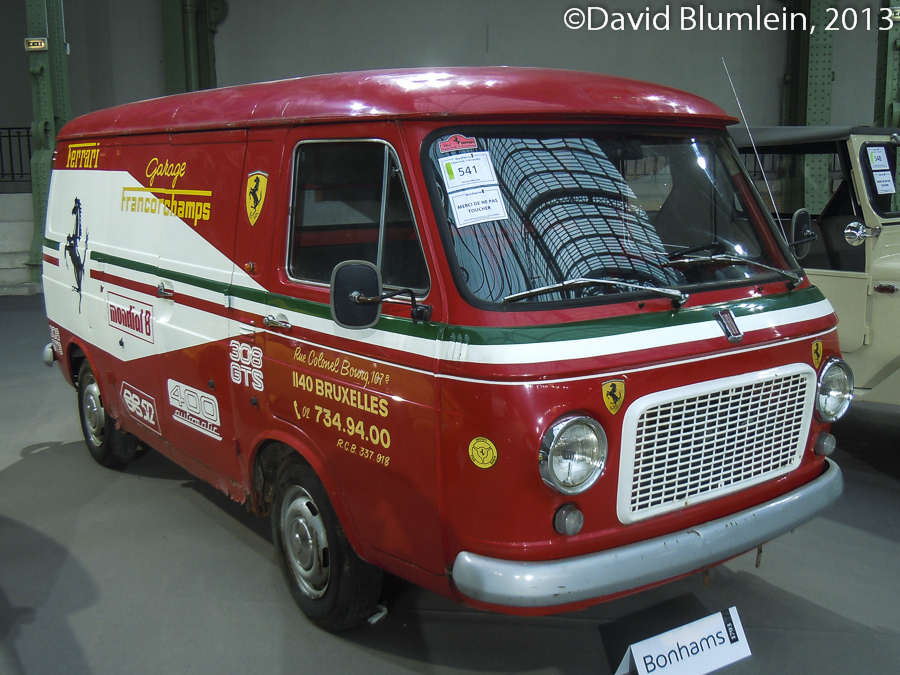Our Special Correspondent visited the recent Bonhams Sale at the majestic Grand Palais, as ever he cast a keen eye over the cars assembled, here he shares some thoughts with us.
A welcome back for cars in the Grand Palais, home of the prestigious Paris “Salon de l’Automobile” from 1901 to 1961. This impressive building with its extensive glass vaulting and iron and light steel frame was constructed for the Universal Exposition in Paris in 1900 and was duly opened on 1 May that year. The Motor Show outgrew it and was re-located to the capacious exhibition halls at the Porte de Versailles but it did not take the atmosphere with it!
Well done, Bonhams, for choosing such a nostalgic setting for your auction! Here are a few of the more interesting cars put up for sale:
1916 Packard Twin Six
In May 1915 Packard made history by introducing the world’s first quantity produced V-12 engine. It was a 60 degree L-head unit of 6,950 c.c. and over 30,000 were made before production ceased in 1923. The smooth running of this engine is said to have inspired Enzo Ferrari to adopt the V-12 configuration for his own cars. And it was in a Packard Twin Six that the American President, Warren Harding , was driven to his Inauguration in 1920, the first time a president travelled by car to this important ceremony.
Here is a Packard V-12 engine.
Marion Bobcat Speedster
Speedsters and Roadsters like this were all the rage in America in the five years or so before the Great War, with the Mercer Raceabout and the Stutz Bearcat the most well-known. The Marion was one of those numerous makes that hailed from Indianapolis and, interestingly, their Chief Engineer from 1906-10 was Harry C. Stutz who would certainly have had some input in this car which is thought to date from 1911.
1921 Rolls-Royce 40/50 Silver Ghost Alpine Eagle
The 40/50 Rolls-Royce was introduced in the autumn of 1906 and soon became known as the “Silver Ghost”. It was the car that established the company’s reputation and was the only model produced from 1907 until the introduction of the “Twenty” in October 1922. This variation arises from the sporting activities of one James Radley who privately entered his Silver Ghost for the 1912 Austrian Alpine Rally and found that the car would not climb the Katschberg Pass owing to the inadequacy of its 3-speed gearbox. As can be imagined, this did not go down well back at the factory in Derby and their answer was to develop a car with more power, to fit a new 4-speed gearbox and build four special cars and enter a “works” team of three plus one for James Radley in the 1913 Austrian Alpine event. These cars did very well, winning six awards. With honour restored, the company decided to build a series of customer cars to the same specification and these were called officially the “Continental” model. However, the Chief Tester Ernest Hives, later Lord Hives, nicknamed them “Alpine Eagles” and the name has stuck ever since!
1928 Detroit Electric Model 95
Electric cars were popular in America until the late Thirties. Detroit Electric was one of the main manufacturers and it is estimated that this company produced over 35,000 such cars in the three decades of its existence, all with similar looking bodywork. Even in the earlier days of production these cars had a range of 70 miles and could reach 45 m.p.h. – oh dear, we have not come very far since!
1977 Stutz Black Hawk VI Coupé
The Stutz rose to become one of America’s most prestigious makes by the time of its demise in the mid-Thirties. Harry Stutz made his first car in time to take part in the first Indianapolis 500 race in 1911 where it finished 11th. This enabled Stutz to proclaim his slogan “The Car that made Good in a Day”, and there was a demand for replicas. Stutz cars were very involved in competitions in those early days and the company was turning out such racy production cars as the Bearcat roadster, initially with Wisconsin engines before Stutz started making their own in 1917. The Stutz name was revived in 1970 in New York and the ex-Chrysler stylist Virgil Exner penned this extravagant design. The bodies were made in Italy and the cars used GM mechanicals, this one using a Pontiac V8. Although various body styles were available, the cars were very expensive and only about 60 were produced. The above car takes its name from a famous Stutz sporting car which in 1928 very nearly beat the Bentleys at Le Mans!
1948 Tatra T.87
Hans Ledwinka was the genius behind the remarkable Tatra cars. His trademark was all independent suspension with a backbone chassis, and he presented in 1934 the stunning T.77 which had a futuristic aerodynamic body on typical Ledwinka mechanicals but with a rear-mounted air-cooled V8 engine. Initially this car had a centrally placed steering wheel, an idea copied by the Panhard Dynamic and the McLaren F1 road car, but more importantly the body gave a co-efficient of drag of only 0.21, exceptional for that time. Despite the engine giving out a mere 59 b.h.p., the T.77 could reach 87 m.p.h. Its weakness was in the handling department with all that mechanical weight concentrated at the back and Ledwinka answered this by drawing up the T.87 in 1936. This was shorter and lighter and had a 3-litre V8 which gave the car a 100 m.p.h. performance with a still impressive drag of just 0.36. The T.87 remained in production until 1950 and among its clients were Ernst Heinkel, Erwin Rommel, Felix Wankel and King Farouk of Egypt.
TAILPIECE
This is an example of the Fiat 238 van that claims a place in the company’s history because it is the first production Fiat to have front-wheel drive. The mechanics are based on those of the Autobianchi Primula car.
David Blumlein, February 2013

